Imagine a world where artificial intelligence helps breakdancers win Olympic gold! The 2024 Paris Olympics are set to make history, not just with new sports like breaking, but with cutting-edge AI transforming how athletes train, compete, and even how we watch the games. From analyzing dance moves to predicting injuries, AI is revolutionizing Olympic sports.
Tech giants like Intel and Google are joining forces with the International Olympic Committee to bring these innovations to life. But it's not all smooth sailing – concerns about privacy and fairness are also part of this AI revolution. So what is all happening in the 2024 Olympics? Let's figure out all that stuff.
Is AI Allowed In the Olympics?
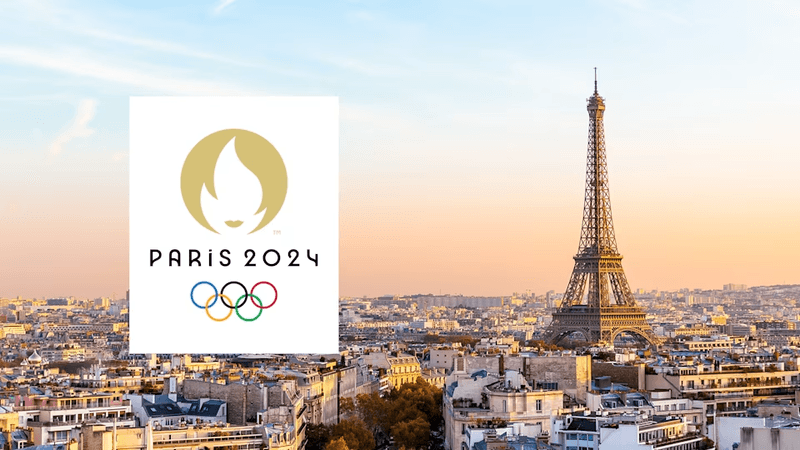
Yes, artificial intelligence (AI) is allowed and even encouraged in the Olympics. The International Olympic Committee (IOC) sees AI as a "Game Changer in Sport." In April, the IOC introduced an Olympic AI Agenda, showing their support for using AI in various aspects of the Games.
How Is AI Used in the Olympics?
AI is being used in many ways during the Paris 2024 Olympics. Here are some key applications:
1. Protecting Athletes: AI monitors social media to spot and flag abusive messages aimed at athletes. This helps keep athletes safe from cyberbullying.
2. Creating Highlights: An AI system watches thousands of hours of Olympic events. It then picks out the most exciting moments to create highlight videos automatically.
3. Improving Judging: New AI tools help judges and referees make fairer and more accurate decisions. These tools provide precise measurements that humans might miss.
4. Analyzing Performances: AI-powered technology tracks how athletes move in sports like diving, athletics, gymnastics, marathons, and rowing. This gives more detailed information about their performances.
5. Managing Energy Use: AI monitors how much energy the Olympics uses. This information will help make future Games more environmentally friendly.
6. Helping Athletes with Information: A special AI chatbot called AthleteGPT answers questions from the 11,000 athletes in Paris. It can provide information about venues, rules, and guidelines.
How is AI Used by Olympic Participants?
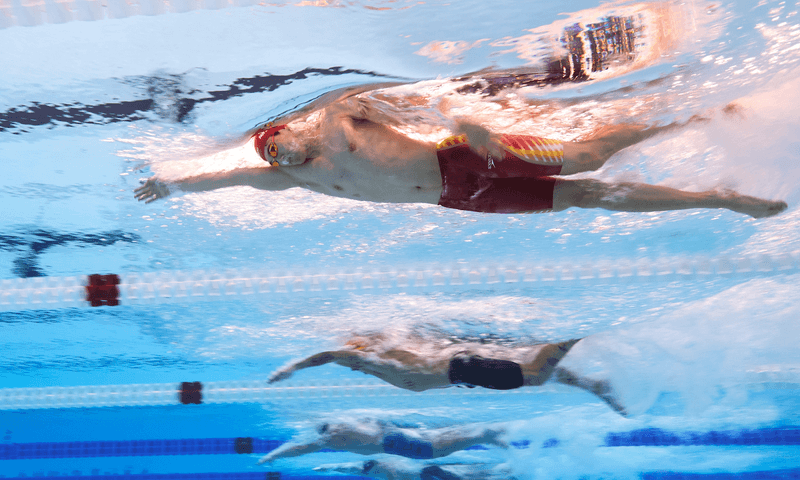
While the article doesn't specifically mention athletes using AI for training, it's becoming more common in sports. Here are some ways participants might use AI:
Training Analysis: AI can analyze videos of practice sessions to help athletes improve their technique.
Performance Prediction: AI models can predict an athlete's performance based on their training data, helping coaches make better plans.
Injury Prevention: AI can spot patterns in an athlete's movements that might lead to injuries, allowing for early intervention.
Nutrition and Recovery: AI can help optimize meal plans and recovery routines based on an athlete's individual needs and performance data.
Mental Preparation: Some athletes use AI-powered apps for mental training and stress management.
It's important to note that while AI can be a powerful tool, the skill, dedication, and human effort of the athletes remain the core of Olympic competition.
Companies Collaborating with the Olympics on AI
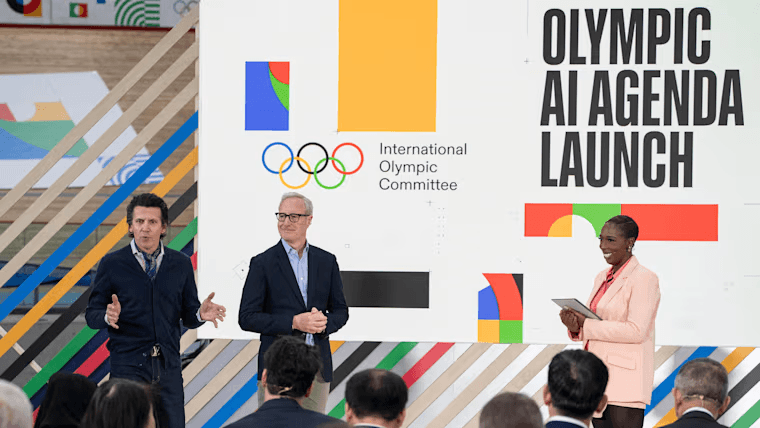
Several big technology companies are working with the Olympics to use AI in different ways. Here's how some top companies are helping:
1. Intel
Intel is playing a big role in the Paris 2024 Olympics:
They are the official AI platform partner for the games.
Intel's AI software tools are helping to train the AI models being used.
They created AthleteGPT, the AI chatbot that helps athletes with information.
Intel is also helping make "digital twins" of the Olympic venues. These are like computer copies of the real places, used for better planning.
2. Google
Google is working with NBC (a TV network) and Team USA:
They're using Google's AI products to tell better stories about the Olympics.
Broadcasters can use Google's Gemini AI and "Overviews" feature to explain sports better.
Google Maps has a new "Immerse" feature to show the Olympic venues in detail.
3. Alibaba
Alibaba, a big Chinese tech company, is helping with video technology:
They're providing systems that use multiple cameras and AI to replay events.
This technology can create 3D models of the sports action.
It will cover 21 different sports and events.
This helps give viewers and analysts more ways to see and understand what happened in each event.
These partnerships show how AI is becoming a big part of how we experience the Olympics. From helping athletes and organizers to improving how we watch the games, AI is changing many aspects of this global event.
The Role of AI in Team USA's Breaking Training
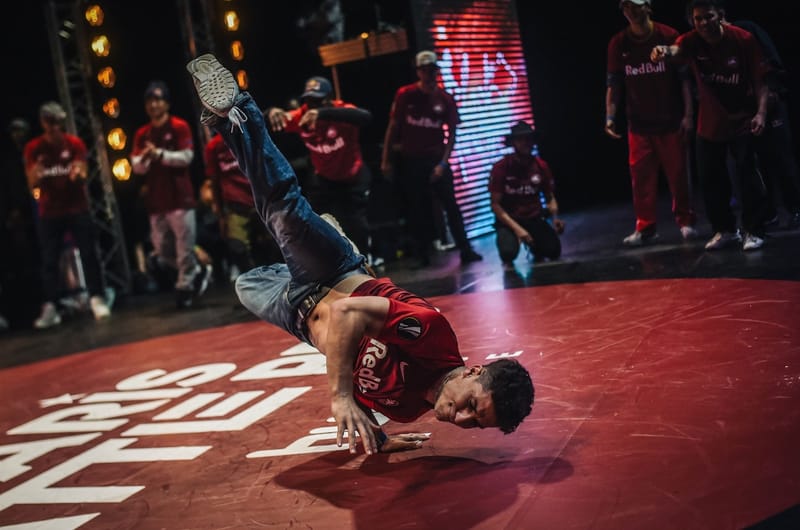
Breaking, also known as breakdancing, is joining the Olympics for the first time in Paris in 2024. Team USA is using artificial intelligence (AI) to help their breakers train and improve. Here is what is happening in this AI Olympic 2024.
What is Breaking?
Breaking is a type of dance that started in the 1970s. It involves four main types of moves:
Toprock: Dancing while standing up
Downrock: Dancing on the floor
Power moves: Spins and twists
Freezes: Holding still in a pose
In the Olympics, breakers will compete in one-on-one battles. Each battle has three rounds, and each round lasts about one minute. Judges score the dancers based on their technique, variety of moves, how well they perform, how they match the music, and how original they are.
How AI is Helping Team USA Olympics?
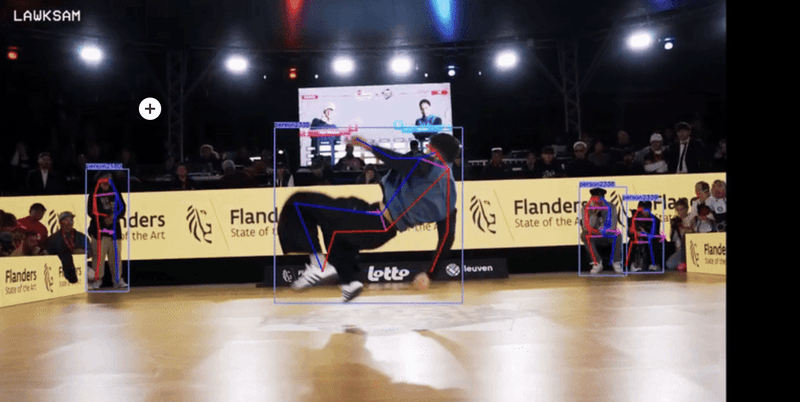
Christopher Dunstan, a student at NC State University, is using AI to help Team USA's breakers. Here's how:
1. Computer Vision: Dunstan is using a type of AI called computer vision. This technology can watch videos and understand what's happening in them. It's like teaching a computer to see and understand things the way humans do.
2. Analyzing Videos: Dunstan looked at videos of Team USA breakers from past competitions. He used computer vision to spot and label the four main types of breaking moves.
3. Pose Estimation: A special computer vision task called pose estimation was used. This can find and track different parts of a dancer's body, like their wrists, shoulders, knees, and ankles.
4. Machine Learning: Dunstan taught computer programs (called machine learning models) to tell the difference between dancers and their moves. He did this by showing the programs lots of examples.
5. Movement Tracking: The AI can now track how breakers move across the floor. It can tell what moves they're doing and where they're doing them.
6. Personal Reports:
Each breaker gets a personal report. This report shows:
What moves they use most often
How they move around the dance floor
How judges might score their moves
Why This Matters

Improving Performance: Breakers can see what moves they use a lot and what moves they might need to practice more.
Understanding Judging: By analyzing lots of battles, the AI can help breakers understand what moves tend to get high scores.
Spotting Patterns: Dunstan found that many breakers start with toprock moves. He suggests mixing it up to stand out.
Winning Strategies: The research showed that the first and last moves in a round are very important. Breakers who didn't start with toprock were more likely to win.
Fair Judging: In the future, this technology might help make judging more consistent and fair.
Although some people think AI should not be used because it gives a major advantage to participants, others believe that breaking shouldn't be judged because it's an art form. However, Dunstan believes that having ways to measure and analyze moves can help dancers who want to get better.
Dustin said:
“These metrics can identify a particular style and showcase areas where a dancer needs improvement and may lead to more consistent and reliable scoring in competitions”
What’s Next for AI in Olympic Sports?
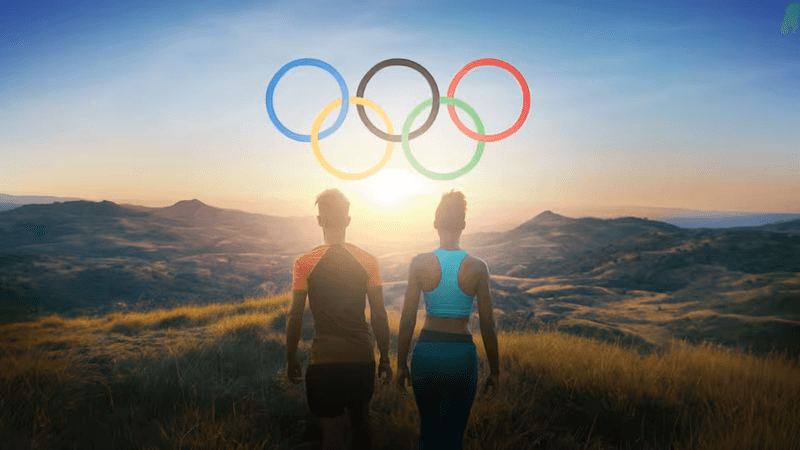
The Olympics are just starting to use AI, but there's a lot more to come. Here's what we might see in the future:
Talent Scouting: In 2025, the IOC plans to use AI to find new sports talent around the world. This could help more people get into Olympic sports.
Careful Testing: The IOC is being careful about using AI. They want to test it slowly to see how it can make the Olympics better.
Better Training: AI might help athletes train smarter. It could analyze their movements and suggest improvements.
Fairer Judging: AI could help judges make more accurate decisions in sports like gymnastics or diving.
Personalized Viewing: Fans might use AI to customize how they watch the Olympics, focusing on their favorite sports or athletes.
Safety Concerns: Some people worry about AI being used for too much surveillance. The Olympics will need to balance safety and privacy.
New Sports: AI might help create new Olympic sports or change how existing ones are played.
Health Monitoring: AI could track athletes' health in real-time, helping prevent injuries.
The future of AI in the Olympics is exciting, but it also brings challenges. The key will be using AI to enhance the games while keeping the human spirit of competition at the center.
Conclusion
The 2024 Paris Olympics are going high-tech, and it's pretty cool! AI is everywhere - helping make highlight reels, keeping athletes safe online, and even making the games greener. Big names like Intel, Google, and Alibaba are pitching in to make it happen.
But here's the really exciting part: Team USA is using AI to rock the new breakdancing event. A smart student named Christopher Dunstan built an AI that watches breakers dance and gives them tips to improve.
AI is helping in other sports too, making judging fairer and helping athletes train better. It might even help find new sports stars in the future.
Of course, some people worry about privacy and whether AI is fair to all athletes. The Olympics folks are being careful, trying to use AI to make the games better without losing the human touch that makes sports so special.
It's a balancing act, but if they get it right, the Olympics could be more amazing than ever!
FAQs
1. What is the AI used in the Olympics?
AI in the Paris 2024 Olympics helps with performance analysis, injury prediction, fair judging, and creating highlight reels. Tools like AthleteGPT assist athletes with information. Intel, Google, and Alibaba are key partners in implementing these AI innovations.
2. Is AI used to erase abusive posts to athletes at the Paris Olympics?
Yes, AI is being used to erase abusive posts directed at athletes during the Paris Olympics. The Threat Matrix system monitors social media in over 35 languages, flagging harmful comments to protect athletes, though individuals can opt-out.
3. Is Intel bringing AI to the Olympics?
Yes, Intel is bringing AI to the Olympics. They’re using their Gaudi 2 AI platform to power AthleteGPT, a chatbot that assists over 10,000 athletes with navigation and information during the Paris 2024 Games.


![Best AI Tools for COOs Managing Confidential Data & Operations [2026 Study]](https://assets.superblog.ai/site_cuid_cl495vqej08071jpawt8inf39/images/a-flat-vector-style-illustration-featurityjvm9kas5m25jbi7ok94a4-05p3k-tlu196gydhjlxg-1765379846137-compressed.png)
![12 Best AI Tools for CHROs: Automate Recruiting, Engagement & Analytics [2026 GUIDE]](https://assets.superblog.ai/site_cuid_cl495vqej08071jpawt8inf39/images/a-flat-colorful-illustration-of-a-profes3lg5dahs6e50g19rranfgbgiidh3jswuudan2altv9q-1765378364310-compressed.png)